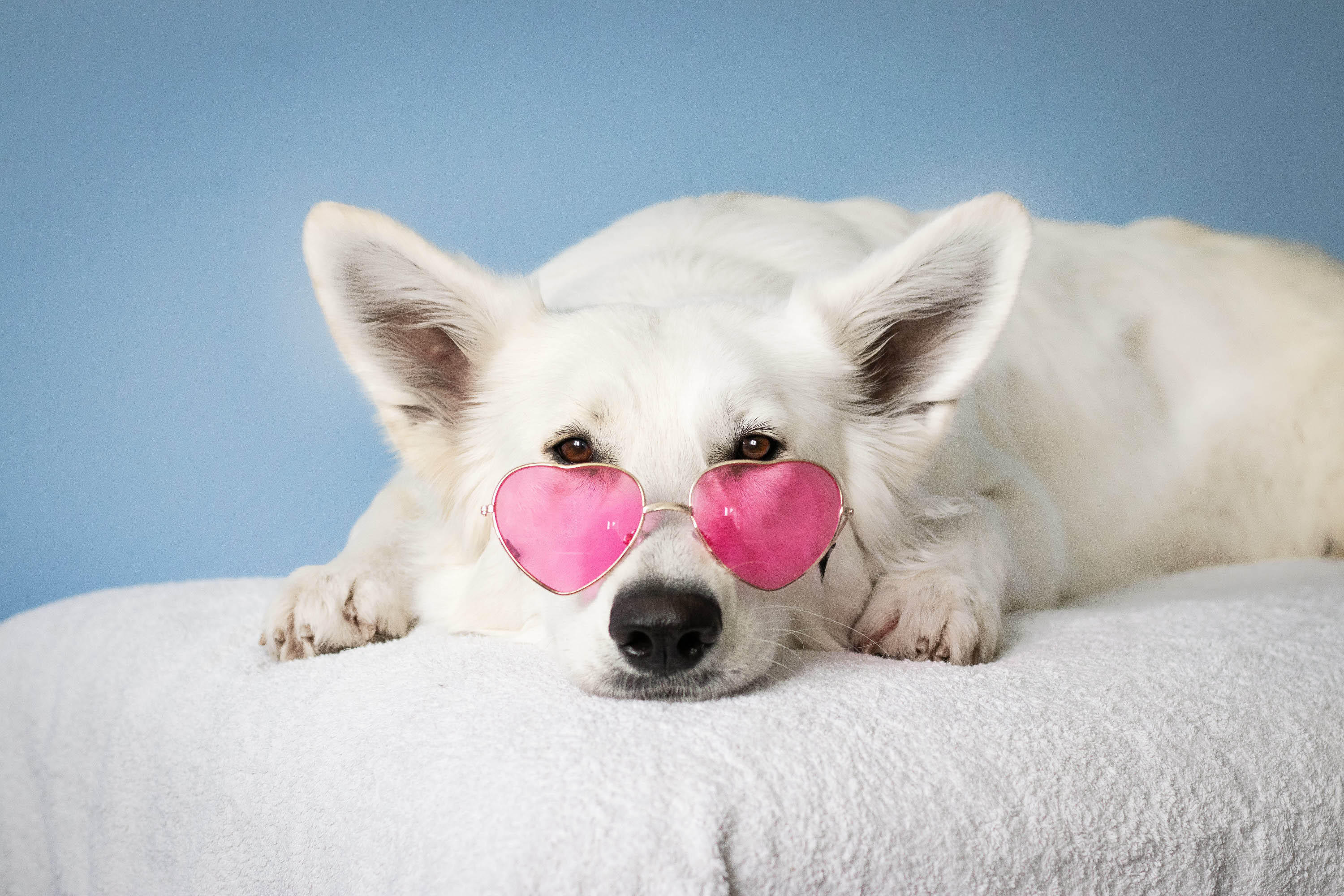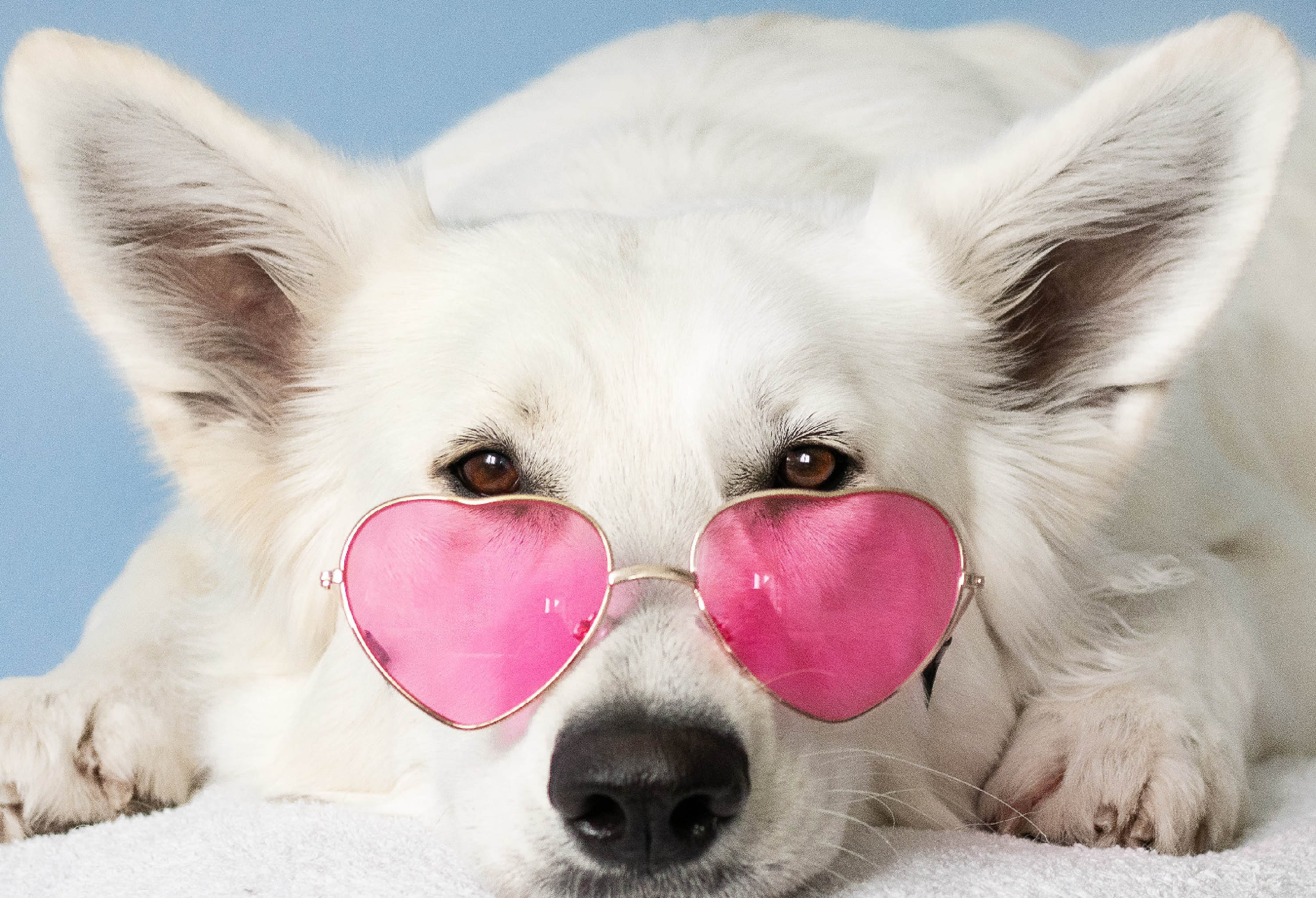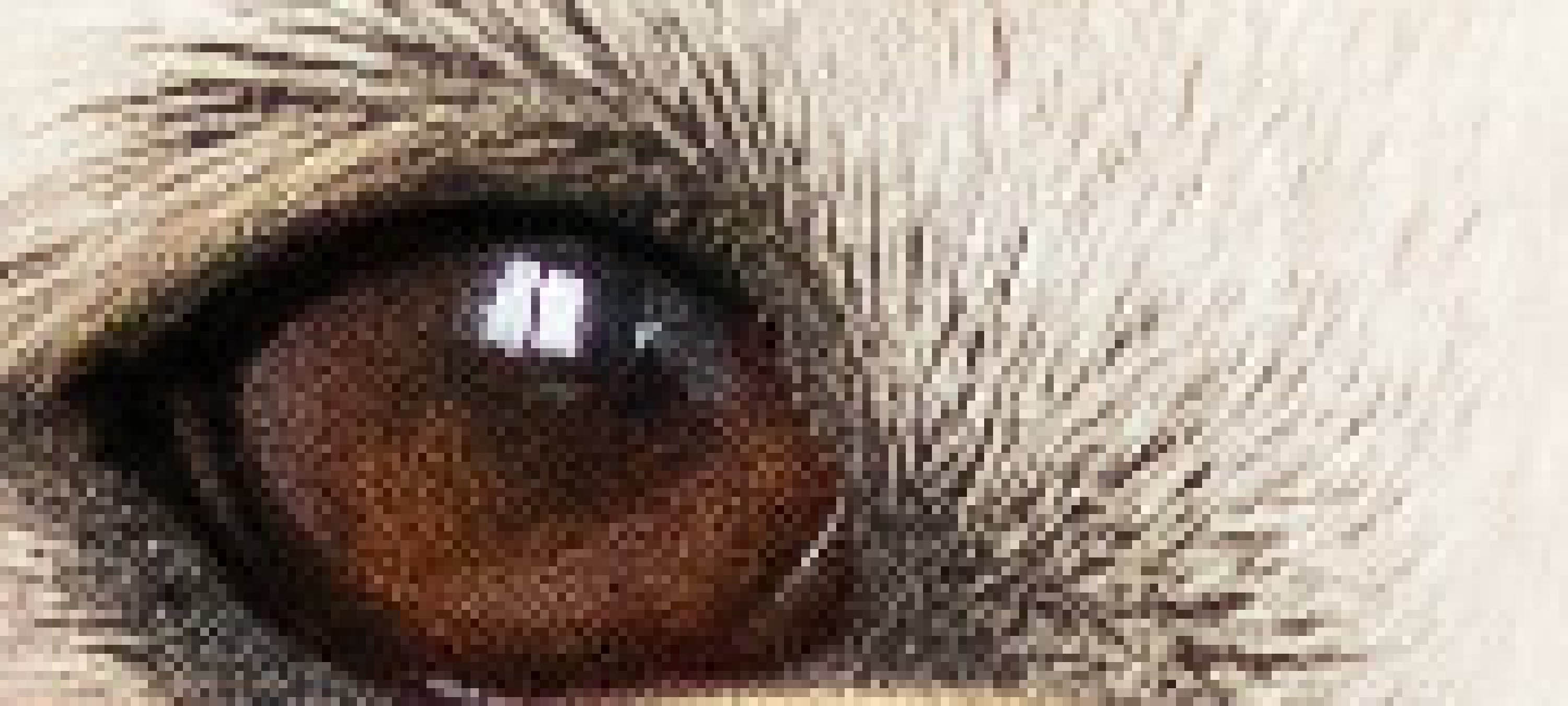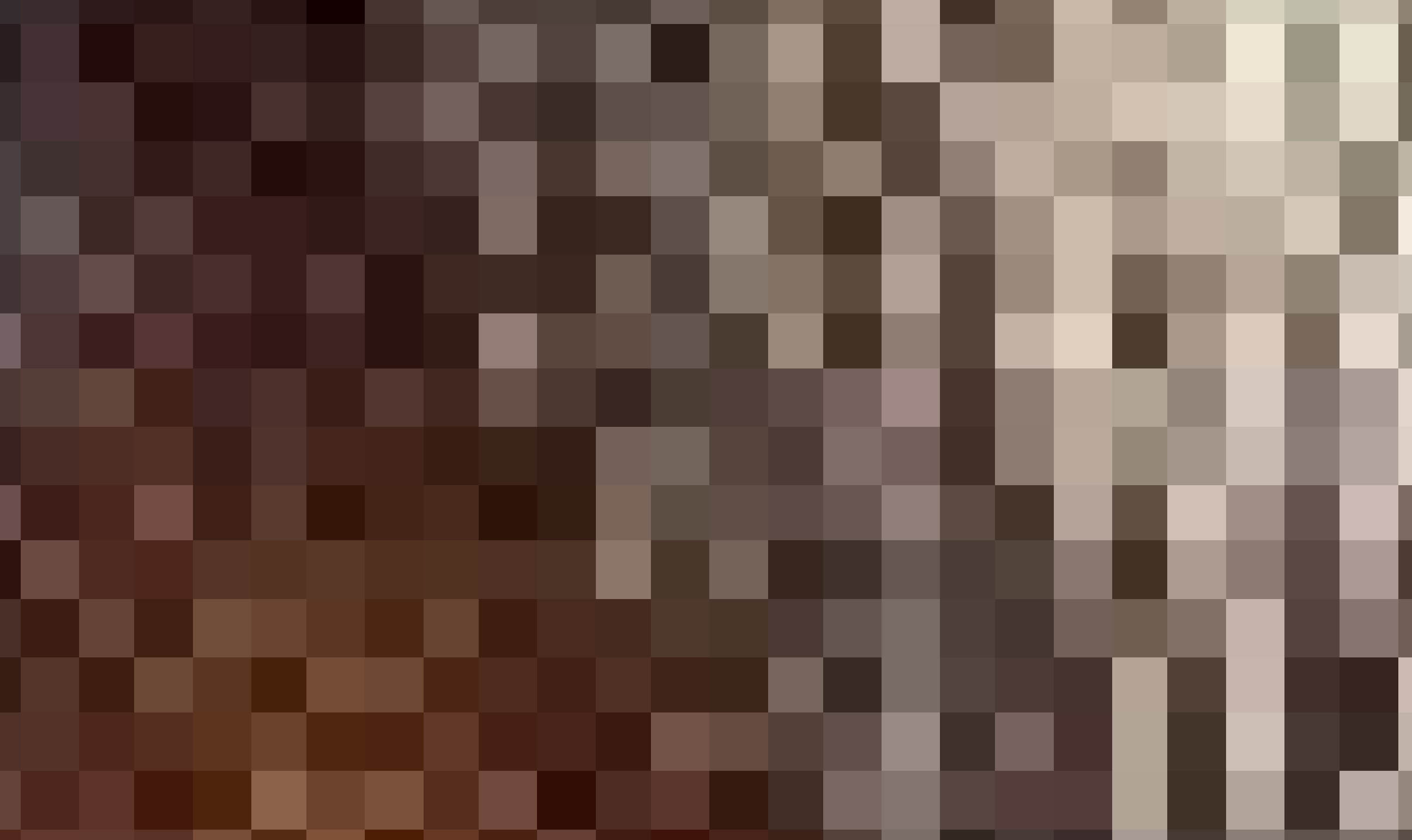Images
Let us take a digital image:

And zoom in:

Further:

MORE!

We will see some blocky artifacts. These are the pixels comprising your image. A digital image is nothing more than a grid of pixels of some width and some height.
Each pixel has a colour expressed as a combination of the three pillar colours - Red, Green, and Blue (hence RGB). The colour of the pixel is usually written as (R,G,B) where each of the letters expresses a number (between 0 and 255 for 24-bit depth), which corresponds to the presence of that "pillar" colour. For example, white has the RGB value of (255, 255, 255) - we have complete presence of the colours red, green, blue. Purple, as one might expect, is (255, 0, 255), meaning we have full presence of red and blue, but no green. Orange is an interesting colour to consider. If you have taken paint classes, you might know that you can mix yellow and red to make orange. However with just RGB we have no yellow to work with. However, we can create orange by having (255, 165, 0), or 255 of red (full contribution), 165 of green (some partial contribution), and none for blue. How can a colour have a partial contribution will become clear in a minute. For now you can explore what colours you can make by playing around with the RGB value in the interactive example below:
R:
G:
B:
Why three colours is enough?
How is it possible that we can represent all colours (with some exceptions)? The rainbow has so many more colours - we all remember the ROYGBIV (red, orange, yellow, green, blue, indigo, violet). Some claim we can see up to 16 million colours. So how can we do it with just 3?
Well, let us see how colour itself is formed. What we typically call "light" refers to just a small part of the electromagnetic spectrum, between 380 and 700 nanometres. WiFi is a bit higher on the spectrum, at 120 mm to 60 mm. When the light from a source (sun, lamp, etc.) hits an object, part of the light gets absorbed, the other gets reflected. That reflected light, when it comes in contact with our eyes, becomes the colour we see for the object. Inside our eyes we have two types of "sensors" for light (photoreceptive cells) - cones and rods. Rods are mostly responsible for vision in low-light settings and cannot perceive colours. Cones on the other hand are responsible for colour perception. Our eyes have three types of cones (though some people may have 4 - a condition called tetrochromia), for long, short, and medium length. As you can see on the graphic below, short cone cells (S) have the highest sensitivity for light around 420–440 nm, which roughly corresponds to the colour blue. Medium ones (M) peak around 534–545 nm, which is roughly green, and long ones (L) - 564–580 nm, which is around the colour red.
Thus you can think of the three RGB values as how much excitation there is for each cone. The higher R-value your colour has, the more light your Long cone cells will register, making you see the colour red.
Other colour representations?
If you have used image manipulation software before, you might be familiar with other colour encodings used. Here are some of the more interesting encodings. This list is by no means exhaustive, as there are too many to list.
- Black and White - often called "grayscale", encodes an image with one value per pixel, between 0 and 255. 0 encodes black and 255 is white. In-between values represent some gray value. Typically these represent "lightness" of each pixel - how much rod activation there is. A common formula used to convert RGB images to grayscale ones is via the formula: 0.299 * R + 0.587 * G + 0.114 * B
- Lower-bit depth images - sometimes you might encounter images encoded with values per pixel less than 24-bit length. RGB in "true-colour" uses 8 bits per colour, resulting in 24-bits per pixel. However, some images encode pixel values with 1 bit, 5 bits, etc. The trick here lies in identifying some group of colours (a palette), indexing them, and then per pixel encoding which value of the palette to use. For 1-bit images, each pixel is either foreground or background. In 5 bit ones, you can use a palette size of 32 colours, and so on.
- Hue, Saturation, Brightness (HSV/HSB) - for some artistic application, the RGB colour representations may be a bit too confusing to work with. There is no direct correlation between saturation/brightness and the colour knobs you turn. So what if you want to make a "slightly desaturated green" or "same brightness yellow". Well Hue, Saturation, Brightness/Value encoding comes to the rescue. Here, Hue represents a 360 degree disc, encompassing the entire visbile spectrum, with 0 degrees representing red, 120 representing green, and 240 - blue. Saturation represents how much gray is added to the "pure colour", with value 1 for saturation being only the pure colour, and 0 - only gray. Value/Brightness roughly corresponds to the grayness of the colour, with higher brightness representing white, while lower ones - black.